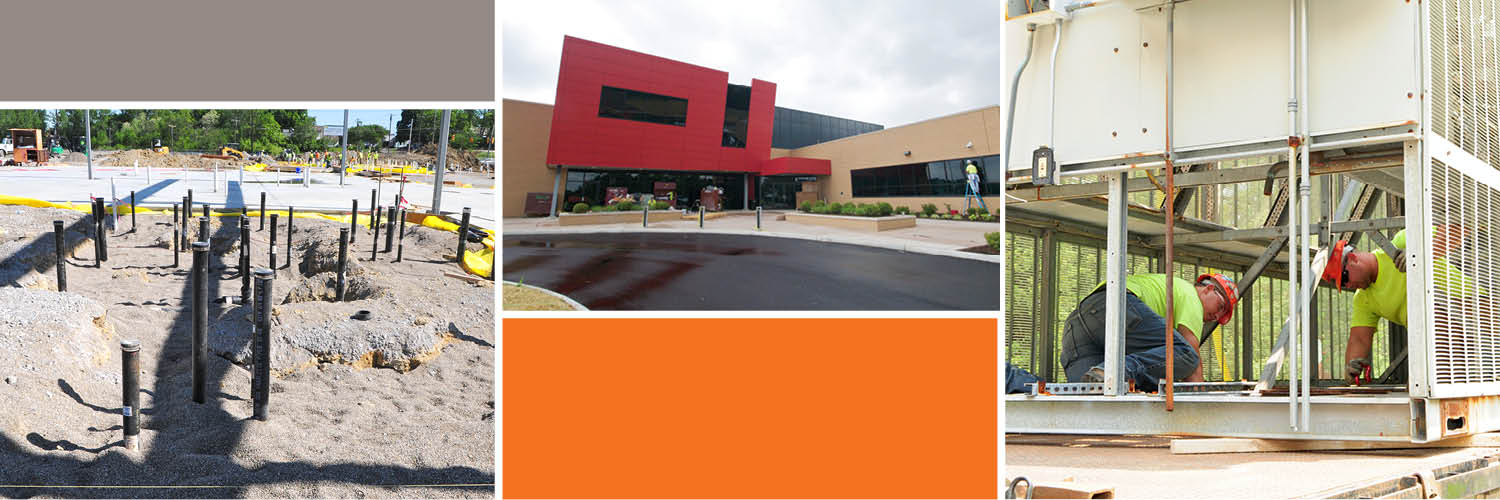Presented by TP Mechanical | Provided by HORAN
Studies have shown a strong relationship between the health of the body and the health of the brain. Exercise revs up complex processes inside the brain that can deter depression, help you stay calm and keep your mind sharp.
Exercise Boosts Mental Fitness
 The brain has approximately 86 billion neurons designed to give orders to the rest of the body through chemical messengers called neurotransmitters. Studies show that deficiencies of two of these neurotransmitters (glutamate and gamma-aminobutyric acid, or GABA), can lead to mood disorders such as depression. However, moderate exercise can increase the amounts of the two neurotransmitters, contributing to increased mental fitness.
The brain has approximately 86 billion neurons designed to give orders to the rest of the body through chemical messengers called neurotransmitters. Studies show that deficiencies of two of these neurotransmitters (glutamate and gamma-aminobutyric acid, or GABA), can lead to mood disorders such as depression. However, moderate exercise can increase the amounts of the two neurotransmitters, contributing to increased mental fitness.
Exercise Decreases Stress
When you’re stressed, your brain secretes the “fight or flight” hormone, cortisol. Elevated cortisol levels can create a constant and unnecessary feeling of stress. But, if you exercise, you expose your body to “controlled stress,” which helps regulate your brain’s stress response, keeping you calmer.
Exercise Slows the Brain’s Aging Process
 Your brain ages just like the rest of your body, but exercise can help the brain handle natural, age-related deterioration without taking a toll on your memory. Older adults who exercise have larger brain volumes than those who don’t. Plus, the brain’s hippocampus (which is responsible for memory and learning) is larger in people who are active. Exercising won’t make you smarter, per se, but it will help you remember things better as you age.
Your brain ages just like the rest of your body, but exercise can help the brain handle natural, age-related deterioration without taking a toll on your memory. Older adults who exercise have larger brain volumes than those who don’t. Plus, the brain’s hippocampus (which is responsible for memory and learning) is larger in people who are active. Exercising won’t make you smarter, per se, but it will help you remember things better as you age.








